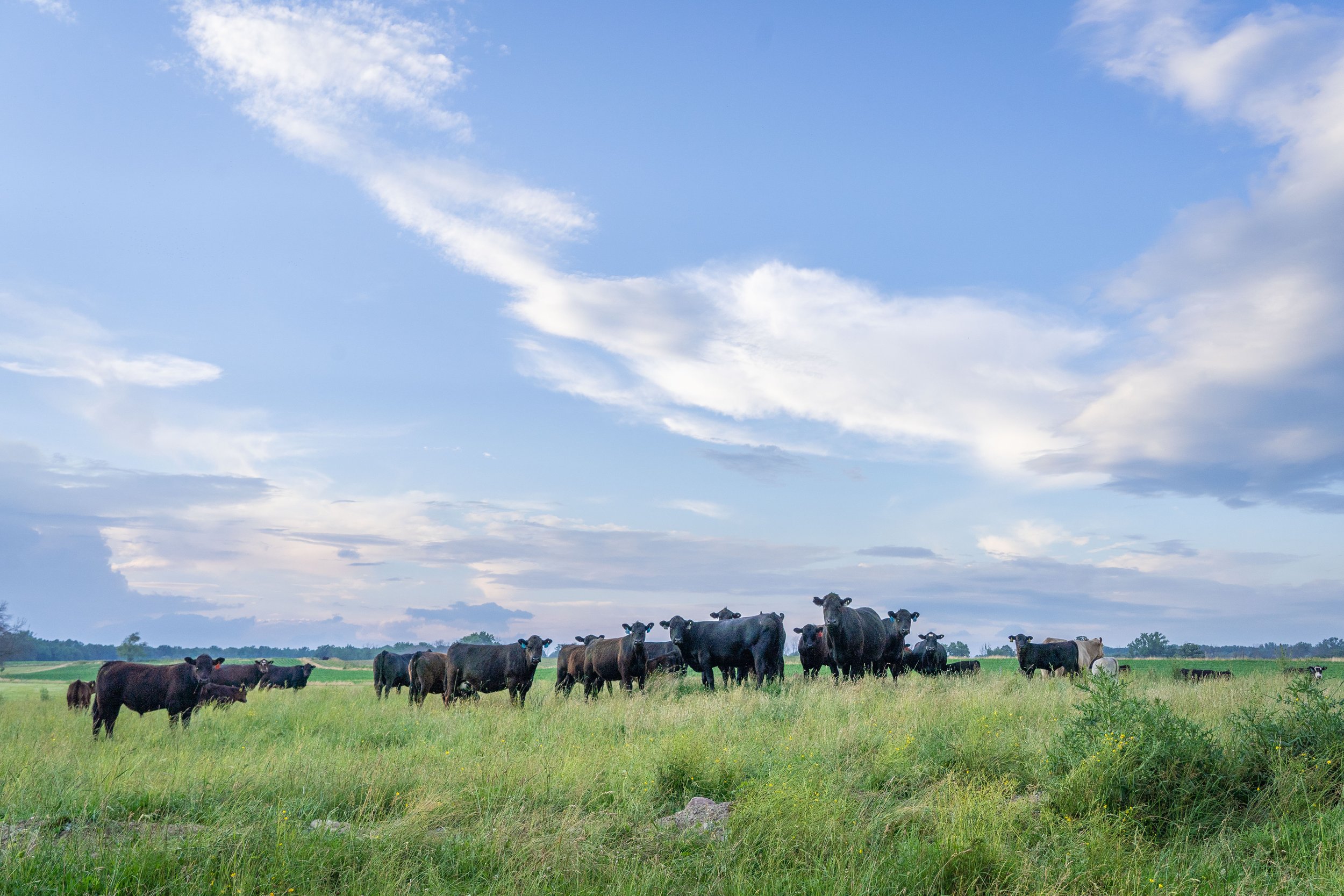Navigating Organization Risks with Bagley Risk Management
Navigating Organization Risks with Bagley Risk Management
Blog Article
Recognizing Livestock Threat Protection (LRP) Insurance: A Comprehensive Overview
Browsing the realm of livestock threat security (LRP) insurance policy can be an intricate venture for many in the farming market. This kind of insurance policy uses a security web against market changes and unforeseen circumstances that could impact animals manufacturers. By understanding the intricacies of LRP insurance policy, producers can make enlightened decisions that might protect their procedures from financial dangers. From how LRP insurance operates to the numerous insurance coverage options available, there is much to uncover in this comprehensive guide that might potentially shape the method animals manufacturers come close to risk administration in their companies.

How LRP Insurance Works
Sometimes, recognizing the mechanics of Livestock Risk Protection (LRP) insurance can be complex, but breaking down how it works can supply quality for ranchers and farmers. LRP insurance is a risk administration device developed to secure livestock producers against unanticipated price decreases. It's essential to note that LRP insurance coverage is not an earnings assurance; instead, it concentrates exclusively on cost danger security.
Eligibility and Protection Options

When it comes to insurance coverage choices, LRP insurance policy provides producers the adaptability to pick the insurance coverage degree, insurance coverage duration, and recommendations that ideal suit their danger monitoring demands. By comprehending the eligibility criteria and protection choices readily available, animals producers can make educated decisions to manage risk successfully.
Advantages And Disadvantages of LRP Insurance Coverage
When evaluating Livestock Danger Security (LRP) insurance coverage, it is important for animals producers to weigh the advantages and negative aspects inherent in this danger monitoring tool.

One of the main benefits of LRP insurance is its ability to provide protection against a decline in animals rates. Furthermore, LRP insurance uses a degree of flexibility, enabling producers to tailor coverage degrees and policy periods to match their particular demands.
One restriction of LRP insurance policy is that it does not secure against all types of risks, such as illness break outs or all-natural calamities. It is important for producers to meticulously analyze their specific danger exposure and financial scenario to establish if LRP insurance policy is the best threat administration device for their procedure.
Comprehending LRP Insurance Premiums

Tips for Optimizing LRP Benefits
Making best use of the benefits of Livestock Risk Protection (LRP) insurance coverage needs tactical planning and aggressive risk monitoring - Bagley Risk Management. To maximize your LRP protection, take into consideration the complying with suggestions:
Routinely Examine Market Conditions: Stay informed about market trends and rate changes in the animals market. By checking these elements, you can make enlightened decisions concerning when to buy LRP coverage you could look here to safeguard against prospective losses.
Establish Realistic Insurance Coverage Levels: When picking protection levels, consider your production prices, market price of animals, and possible risks - Bagley Risk Management. Establishing practical protection degrees makes certain that you are sufficiently protected without overpaying for unnecessary insurance
Expand Your Coverage: Instead of depending only on LRP insurance policy, consider expanding your danger administration approaches. Integrating LRP with other danger management tools such as futures agreements or options can supply detailed insurance coverage versus market uncertainties.
Evaluation and Adjust Coverage Regularly: As market problems change, occasionally assess your LRP coverage to guarantee it lines up with your present risk exposure. Readjusting coverage degrees and timing of acquisitions can assist enhance your danger protection method. By adhering to these tips, you can maximize the advantages of LRP insurance and secure your animals procedure versus unpredicted risks.
Final Thought
In conclusion, animals risk defense (LRP) insurance is a useful device for farmers to handle the economic dangers connected with their animals operations. By understanding how LRP functions, eligibility and protection choices, as well as the advantages and disadvantages of this insurance coverage, farmers can make educated choices to shield their livelihoods. By thoroughly considering LRP premiums and carrying out strategies to maximize advantages, farmers can mitigate potential losses and ensure the sustainability of their operations.
Livestock manufacturers interested in getting Animals Risk Protection (LRP) insurance can explore a variety of eligibility criteria and protection choices tailored to their details animals operations.When it comes to protection options, LRP insurance policy uses producers the adaptability to pick the insurance coverage degree, insurance coverage duration, and endorsements that best suit their threat administration requirements.To realize the details of Animals Threat Protection (LRP) insurance policy totally, recognizing the factors affecting LRP insurance policy costs is vital. LRP insurance premiums are determined by different components, consisting of the insurance coverage degree selected, the Website expected price of livestock at the end of the insurance coverage duration, the kind of livestock being guaranteed, and the length of the insurance coverage period.Review and Readjust Coverage Routinely: As market problems transform, periodically assess your LRP protection Home Page to ensure it lines up with your present threat exposure.
Report this page